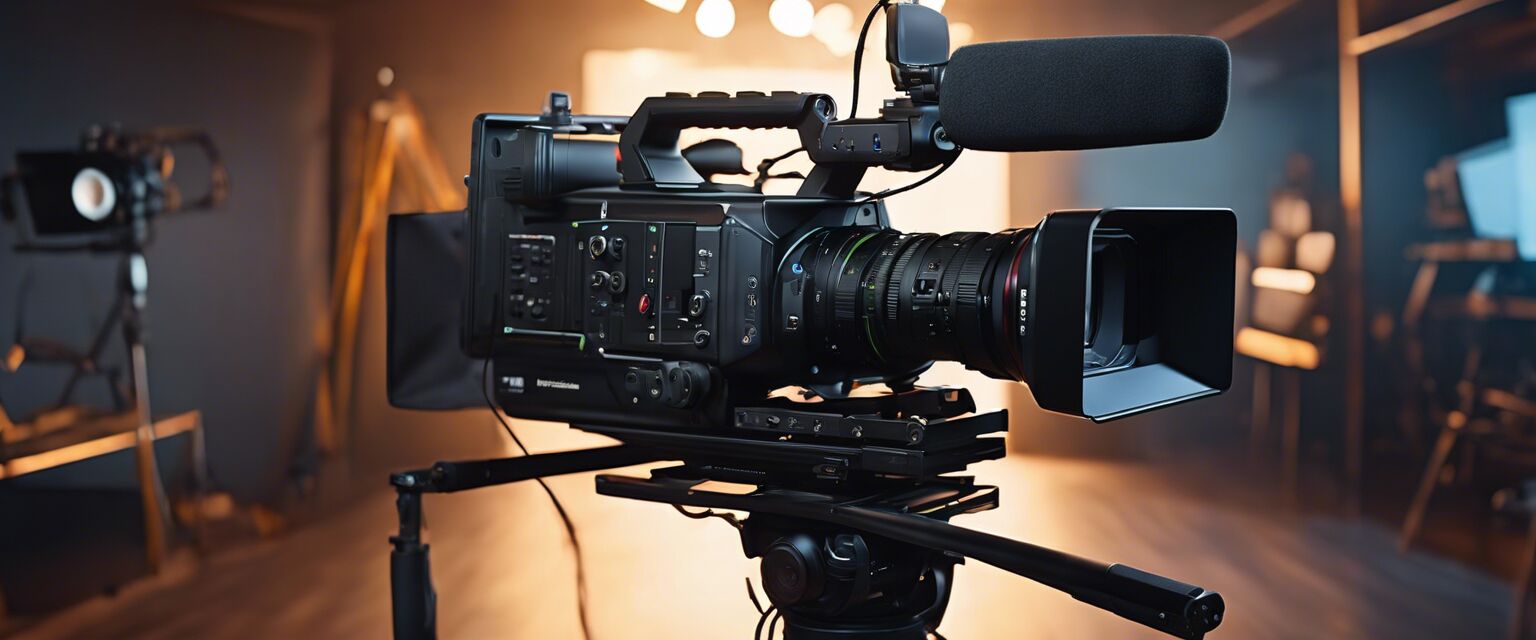
Advanced Filming Techniques for Professionals
Key Takeaways
- Understanding the importance of camera settings and lens selection.
- Mastering lighting techniques to create mood and depth.
- Utilizing advanced filming techniques like tracking and panning for dynamic shots.
- Incorporating sound design to enhance visual storytelling.
- Exploring post-production techniques for a polished final product.
Welcome to the exploration of advanced filming techniques designed for professionals in the video production industry. Whether you are a seasoned videographer looking to refine your skills or a passionate newcomer eager to learn, this guide will provide you with expert insights and practical tips to elevate your filmmaking journey. Letâs dive into the details!
Understanding Camera Settings
The foundation of any great video lies in the camera settings. Hereâs a breakdown of essential settings to consider:
| Setting | Description | Recommended Value |
|---|---|---|
| Shutter Speed | Controls the amount of motion blur in your footage. | Double the frame rate (e.g., 1/50 for 24fps). |
| Aperture | Determines the depth of field and exposure. | f/2.8 to f/4 for a cinematic look. |
| ISO | Affects the camera's sensitivity to light. | Keep as low as possible (100-800) to reduce noise. |

Lens Selection
The right lens can dramatically change the quality of your footage. Here are some common lens types and their uses:
- Standard Lens: Great for general-purpose shooting.
- Wide-Angle Lens: Ideal for capturing expansive scenes.
- Telephoto Lens: Perfect for close-ups and distant subjects.
- Macro Lens: Used for extreme close-ups of small subjects.
For detailed information on different lens types, check out our lenses page.
Lighting Techniques
Lighting can make or break your video. Here are some advanced techniques to enhance your lighting setup:
- Three-Point Lighting: A classic technique using key, fill, and back lights.
- Natural Lighting: Utilize the sun's position for dramatic effects.
- Soft vs. Hard Light: Experiment with diffusers for softer shadows.
- Color Temperature: Match your lights to maintain consistent color.

Advanced Filming Techniques
To achieve stunning visuals, consider these advanced filming techniques:
| Technique | Purpose | Equipment Needed |
|---|---|---|
| Tracking Shots | Follow the subject smoothly for dynamic scenes. | Camera dolly or gimbal. |
| Panning | Create a sense of motion across the scene. | Tripod with fluid head. |
| Time-Lapse | Show changes over time, creating a dramatic effect. | Tripod, interval timer. |
| Slow Motion | Add a dramatic flair to action sequences. | High frame rate camera. |
If youâre interested in learning more about filming accessories to support these techniques, visit our filming accessories page.
Sound Design
Sound is a critical element of storytelling. Here are tips on enhancing your sound design:
- Use Quality Microphones: Invest in lavalier or shotgun mics for clear audio.
- Room Acoustics: Pay attention to the recording environment to minimize echo.
- Sound Effects: Layer sound effects in post-production for added depth.
Post-Production Techniques
After filming, the editing process is where your story truly comes together. Consider these post-production techniques:
- Color Grading: Enhance the mood and tone of your footage.
- Transitions: Use creative transitions to maintain flow.
- Audio Mixing: Balance dialogue, music, and sound effects for a polished result.
For more guidance on editing software, be sure to check our editing software page.
Tips for Beginners
- Start with basic techniques and gradually incorporate advanced methods.
- Practice regularly to improve your filming skills.
- Watch tutorials and behind-the-scenes videos to learn from professionals.
- Experiment with different styles and approaches.
Pros
- Enhances visual storytelling.
- Improves viewer engagement.
- Increases production value.
- Offers creative expression.
Cons
- Requires investment in equipment.
- Can be time-consuming to learn.
- May require additional team members for complex setups.
Conclusion
Mastering advanced filming techniques can significantly elevate your video production quality. By understanding camera settings, utilizing proper lighting, applying advanced filming techniques, enhancing sound design, and perfecting post-production, you can create captivating videos that resonate with your audience. Continue to experiment and learn, and your skills will surely flourish in the world of professional video creation.







